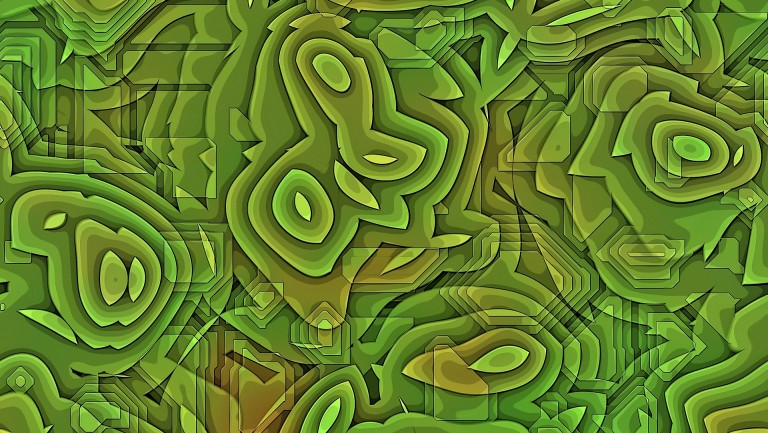Cell shading effects have been used in Hollywood blockbusters, video games, and more. See how easy it is to create your own cell shading effects in Paint Tool SAI with this handy tutorial:
Understanding Cell Shading

Although the proper term is “cel shading”, most people know this effect with the word “cell”, so for the purposes of this tutorial, that will be the term used. Cell shading is an effect that turns 3D, photorealistic art into something that looks like a cartoon. The neat thing about the effect is that it combines realism with art and can help you make some really interesting and unique creations when used properly.
How to Create a Cell Shading Effect in Paint Tool SAI
To get started, create a new canvas and select the initial color you would like to use. Then, draw out the shapes you plan to cell shade. Next, click on the Layer menu item at the top of the screen and select Copy. This will create a new layer that will appear in the bottom right of your screen in the Layers Window. Because you copied the initial layer, you shouldn’t notice any difference on the canvas because both layers will be identical, with one being on top of the other.
Opacity and Adding Multiply Mode
With the new, copied layer selected, check the box that says Preserve Opacity above the Layers Window. Now, color over this layer with white. After you’ve done this, select a darker color from your Color Selector in the top left of the screen. Change the mode of the layer you created to Multiply. This will allow you to blend colors going forward.
With your darker color selected, slowly color over the area of the layers to add the cell shading effect. You may need to change brush sizes and use the eraser to achieve the desired effect. Once you have the shadow’s shape, adjust the opacity on the Multiplied layer to the desired transparency. This may take a little bit of work to get just right.
Add More Layers for the Desired Effect
To get an even more detailed effect, you’ll have to repeat the above process multiple times while adjusting the opacity for each new layer to be slightly lighter or darker than the previous one depending on where the shadows fall. When you do this a number of times, you’ll be able to achieve a greater level of depth and really make the cell shading effect stand out. For complex objects, this will take some time, but with some effort, you can really pull off a great work of art!
Did you know you can animate stick figures on your computer? Check out Stykz to learn how!

